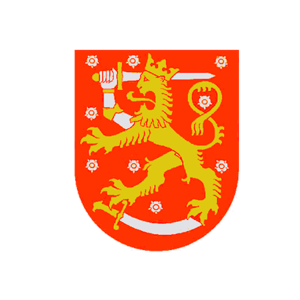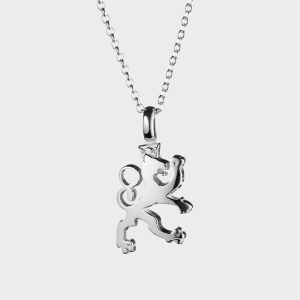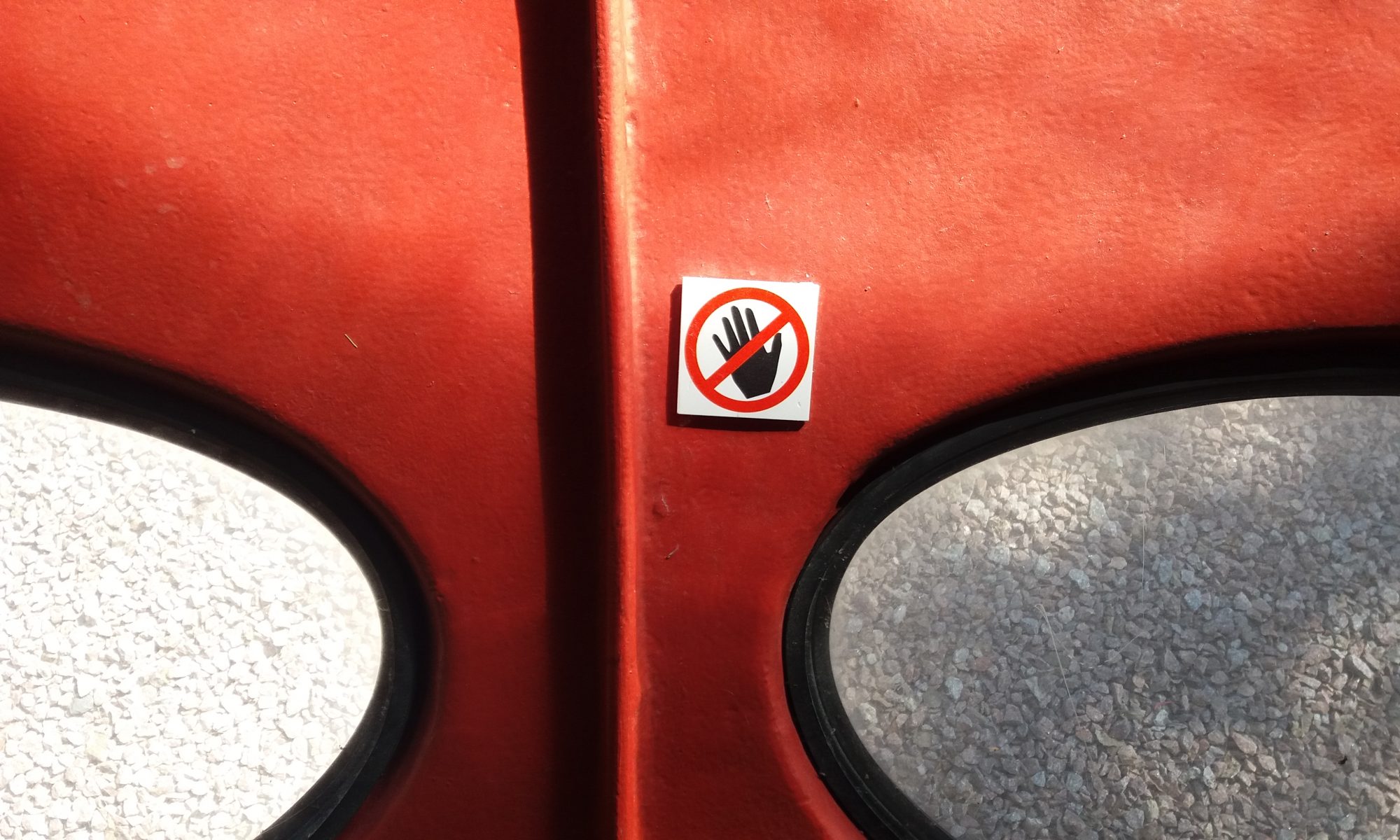In a continuation of presenting work of students from the 2020 “Politics of Memory and Oblivion” course, here is the first of two blog posts put together by Jonni Karlsson, Grisell Macdonel, Laura Nissinen and Essi Nurmi on the theme of difficult heritage. The two original blog posts can be viewed here.
”I can be what I want, I am proud and honored to carry a Finnish jewel: The Finnish Lion.”
According to Harmo (2011) the history of the Finnish lion dates from the sixteenth century when Finland was part of the Sweden crown, and the Swedish King John III received both: the title of “Grand Duke of Finland and Karelia”, and the coat of arms with the first version of the Finnish lion. Since these times, the Finnish lion has been the national symbol of the country.

The coat of arms is composed by an anthropomorphous figure of a lion holding a sword and having another one under its inferior paws. Harmo (2011) explains that the symbolism of coat of arms represents the political/military conflict between Sweden and Russia in those times: The superior (Christian) sword represents Sweden, and in the one under the lion’s paw appears a Russian sword. Harmo (2011) claims that the Swedes used the coat of arms as propaganda device because of their combative position against Russia.

In the recent times, the Finnish lion have been adopted by far-right groups as a symbol for representing their nationalistic believes and anti-immigrant agenda. In this manner, the Finnish lion represented as a jewel in earrings rings, and necklesses that has been worn proudly specially by the far-right militants. Thus, it is common that the Finnish lion with its military narratives appears shining on the streets of Helsinki and other cities of Finland. Even when the Finnish lion is an official national symbol, and its deviated use is illegal, the far-right militants appropriated it. This act that has been considered shameful by the Finnish society in general.
In recent times, the Finnish lion’s fiercely and combative meanings, have been reclaimed also by Finnish nationals, and immigrants who summoned the lion’s symbolic powers but against the far-right propaganda. One of the strongest public voices who supports this interpretation of the lion has been the pop-singer Alma, who in 2011 at the Official party of the National Finnish Independence Day wore a neckless with the Finnish lion in similar fashion that the Neo-Nazi militants, but as an act of redemption of the national symbol. In an interview, she accompanied her provocative fashion’s gesture against the far-right groups by exalting the historic and symbolic value of the Finnish lion, but also her idea of a multicultural but still united country.

“When I wear this, I think that for me Finland is multicolor, multicultural, and everybody can be what they want. I can be what I want, I am proud and honored to carry a Finnish jewel: The Finnish Lion.” (Alma, 2017)
”Kun mä kannan tätä, niin päässäni ajattelen, että Suomi mulle on monivärinen, monikulttuurinen ja kaikki saavat olla sellaisia kuin haluavat. Mä saan olla sellainen kuin haluan ja mulla on ylpeys ja kunnia kantaa Suomi-korua, Suomi-leijonaa. ” (Alma 2017)

Kalevala Jewellery, a company specialising in creating unique jewellery with roots in strong national romanticism, has tried to reclaim the lion as a symbol to be proud of by releasing a line of female lion pendants. The lionesses are described as symbols of justice, equality, fairness and female strength, the opposite of what the traditional male lion is now affiliated with.
The female lion is not wielding any weapons but retains the fierce stance of its male counterpart. The pendant offers an alternative for showcasing national pride, without the right-wing politics, and at the same time gives the lion its place as a previously much-loved symbol of Finnish resilience.
The jewellery line was advertised in 2019 with the help of the successful Finnish national ladies’ ice hockey team, also referring to themselves as lionesses. The campaign’s face was Alma. The company and the hockey team are sending a message of resistance, they are ready to fight for the lion as a symbol for Finnish pride and perseverance and have not yielded it to the sole use of the far-right, trying to avoid repeating the fate of the swastika.
References:
https://www.verkkouutiset.fi/laulaja-alman-mielesta-leijona-logo-kantaa-vaaraa-leimaa/#12922ae8
https://www.is.fi/linnanjuhlat/art-2000005481779.html
https://finland.fi/facts-stats-and-info/coat-of-arms/
https://www.kalevala.fi/collections/suomen-naarasleijona/products/naarasleijona-riipus
